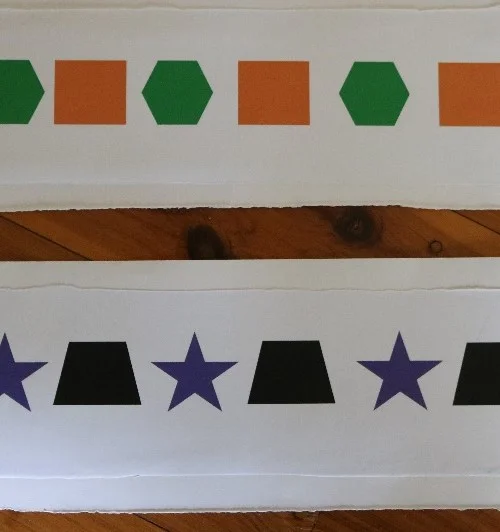Neither Left or Right
I’d like you to imagine a sheet of paper. On the sheet of paper draw a straight, horizontal line across the page. In the centre of the line, place a small notch. Mid-way between the notch, and the end of the left side of the line, underneath the line, write the word “Left”: do the same on the other side except of course write the word “Right”. Now we can begin.
Consider any social, political or economic issue and for each of the major ‘positions’ relating to that issue, place each position as a small bubble somewhere on the page, but only on one side of the notch. For example, an issue might be taxes, a position might be lower taxes for high income earners. Where would you place the position of wanting lower taxes for high income earners on your sheet of paper, above the Left, or the Right?
Continue doing this for all of the issues that come to mind. You now have a representation for what passes for political debate. Take a position for a particular issue, categorise it as either left or right, and then all arguments for or against that position are known.
Right wingers are hard, Left wingers are soft. The Right cares about $s, the Left cares about people. The Right has brains, the Left has a heart. The Right cares about freedoms, the Left cares about protections, and on, ad-infinitum. It is tedious, it is boring, but most of all, it is stifling.
The Left Right prism through which all issues are viewed has become such a fixed paradigm that it is now impossible to discuss an issue outside this simple binary categorisation. Each view of an idea is challenged based on where it sits on that line in comparison to your own position on that line, rather than exploring an idea and finding your own view – completely outside the Left Right paradigm. By subconsciously placing the idea on that line we immediately react based on it’s position on the line, rather than on an assessment of the idea itself.
The starting point for any conversation, on any issue, is either an understanding that the other person is “Left” or “Right”, or the early part of the conversation is an attempt to glean if they are “Left” or “Right”. Once you know this about someone, there is a tendency to think you know everything about that person, because you know where they stand on any issue.
The greater impact of the continuing simple categorisation into Left Right is that the pattern persists from one topic to another, eventually people hold themselves to only one side of that notch on the line, creating a division within our society through an unwillingness to ‘change sides’ for different topics. That small notch you drew on the line on the imaginary piece of paper becomes a wall between people or a boundary line that must not be crossed.
Arguments, and people, were not always separated like this. Of course there were always opposing views on any issue, but your position on one issue did not dictate your position on the next issue. And it is this rigidity of position that makes it difficult to heal the wounds from bruising debates, when there is a sense that the wounds don’t need to be healed because the wounds exist on the other side of the wall, of that notch on the line.
The next time an issue grabs your attention, turn over that piece of paper and write the issue in the middle, then around it jot down the points of argument on that issue, and then weigh up the arguments you have written to arrive at your conclusion, all the while remembering the quote from Orwell, “don’t judge an idea by its followers”.



